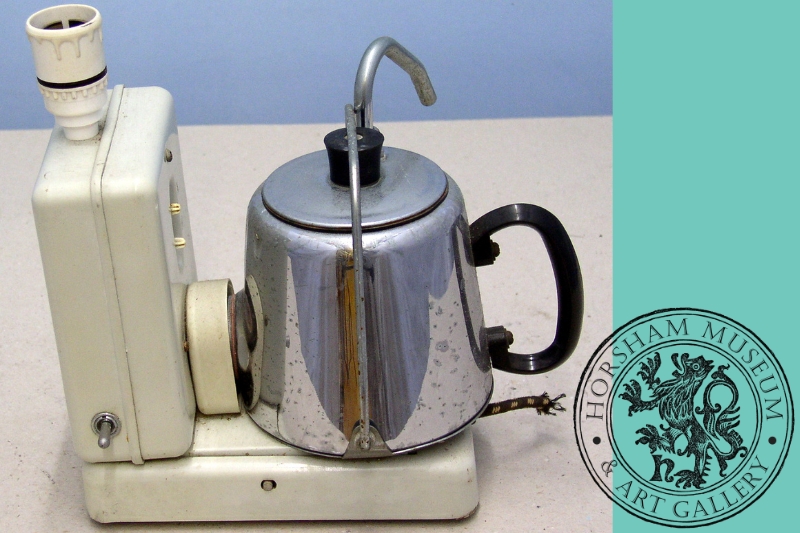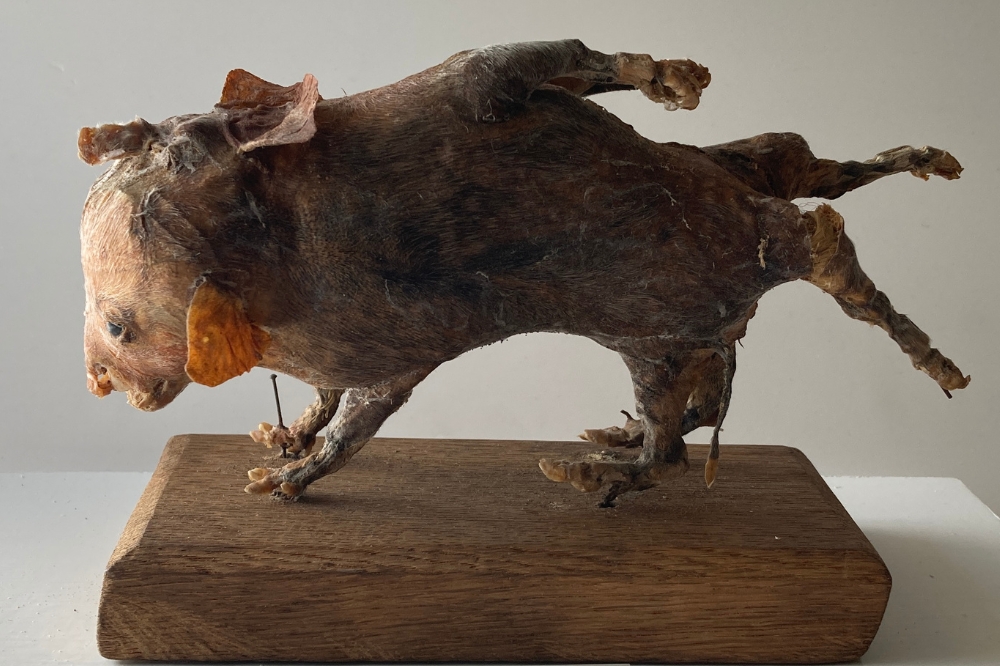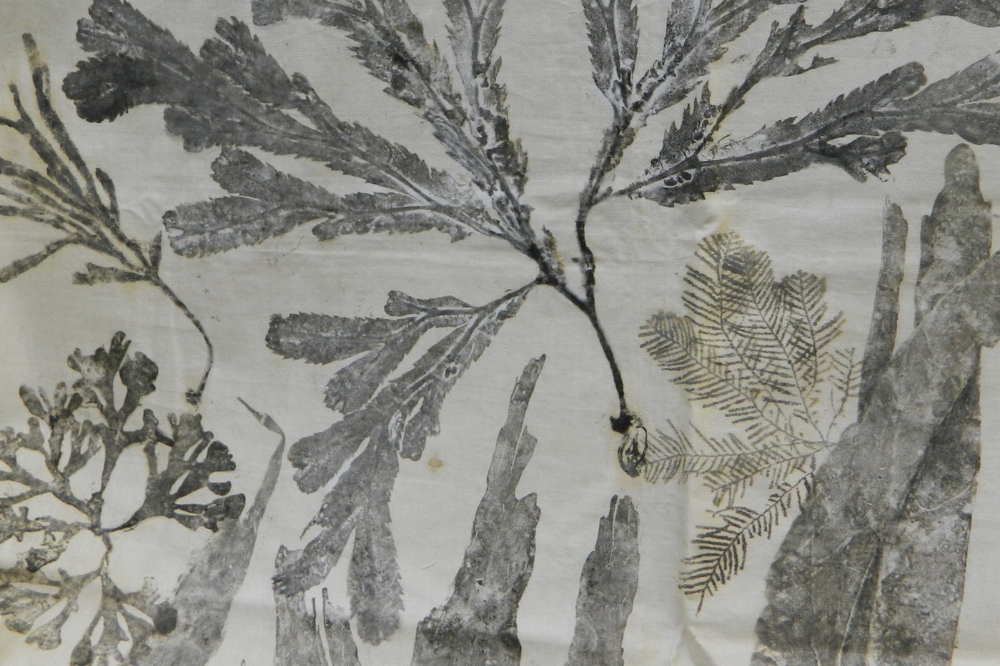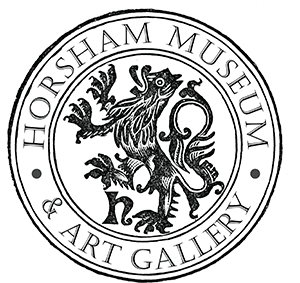
In January 2026, Horsham Museum will launch an exhibition which will look at the origins of collecting and museums, and the what and why of what we choose to preserve. We are looking for your help to put together a section of the display, the Community Collection, with objects submitted for consideration by those who live, work or take part in the local community. Continue reading to find out more about the exhibition, cabinets of curiosity and the Community Collection project.
The Community Collection will be dedicated to showcasing objects belonging to members of the community. The aim of this section is that these are not necessarily valuable or historic objects, but personal artefacts which people feel represent their own experiences of living and working locally. We are inviting people, groups, clubs and societies to submit objects for consideration to be included in the exhibition.

Cabinets of Curiosity originated in the 16th century in Europe. They belonged to, and were only viewed by, the wealthy who used these places to show off their riches, but also as opportunities for inspiration and exploration of concepts and ideas. Everyday people were not able to form their own collections as they did not have enough wealth to buy anything in excess - an essential component for collecting. Cabinets were filled with things that helped people to understand their place in the universe. This included items from nature, scientific instruments and art. They often included items under the term of 'exotica' meaning objects belonging to different cultures. This was a time before globalisation and the way of life of other societies fascinated wealthy Europeans. Things were rarely bought by the collectors when visiting another country, but from Merchants who travelled the Silk Road to sell goods, textiles and spices to rich Europeans. The collectors would often create their own interpretations of the use and purpose of artefacts from other cultures, which could be inaccurate. It was not only man-made products from distant countries that fascinated 16th century collectors. Plants and animals from different climates were also of huge interest. Taxidermied animals from other countries were displayed, which left space for dishonest traders to profit from misinformation. No cabinet of curiosity was complete without a unicorn horn. Although people believed these to be genuine proof of the mystical creatures they were actually narwhal tusks. As narwhal were found in Arctic waters, most 16th century Europeans had not seen one to be able to identify the animal that these 'unicorn horns' actually belonged to.
Today many of us collect things whether it is coins, trinkets, cars or Labubus. In some ways people are also curators of their own online collections, with social media providing visual 'artefacts' of our lives, milestones, friends and achievements. Museums are no longer strict places of academia, but reflect the people and communities that they serve. Horsham Museum's Community Collection is an opportunity to gather objects that better represent everybody who enjoys the town and district, and we would like your help in putting together this display.
We are looking for people who live, work or visit Horsham district to submit their own objects to be considered for inclusion within out Cabinets of Curiosity exhibition. Items being submitted do not need to be grand or important, perhaps their value is only evident to yourself.

For full details on how to submit an object for consideration in the display, you can download the details here or email museum@horsham.gov.uk for further information. The entry form can be downloaded from here.
Published: 16 Oct 2025
